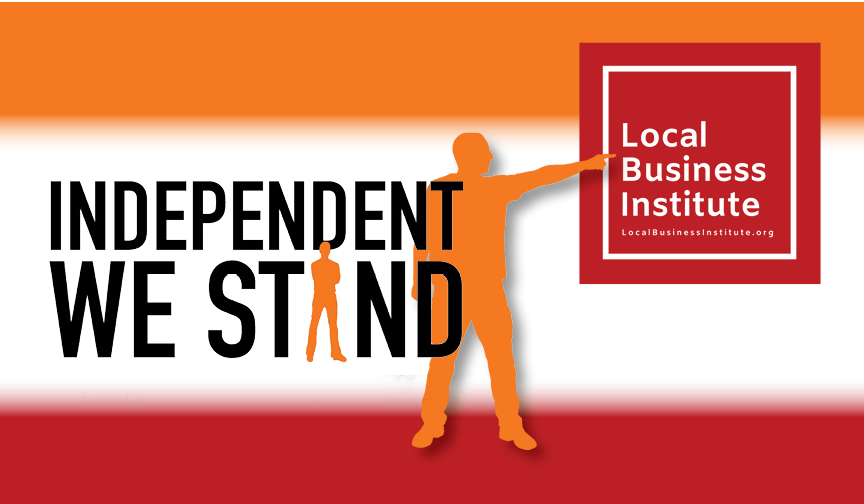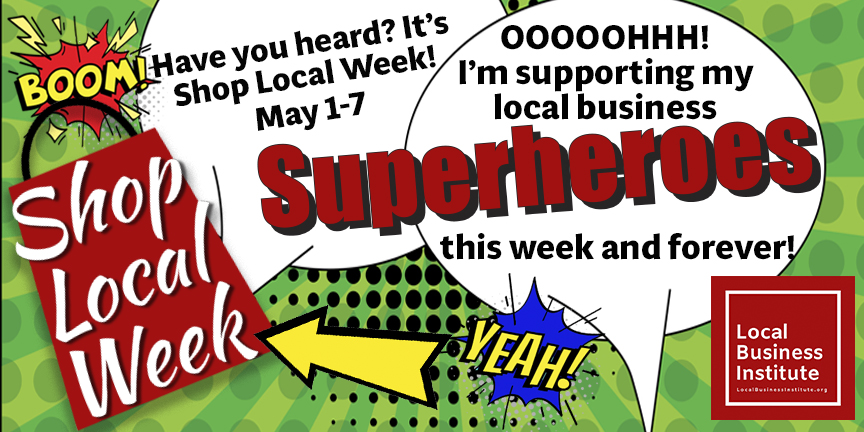The economic health of America lies not in the accumulation of individual wealth but in the greater exchange of dollars in local communities across the country. The current income disparity reaches far beyond individual bank accounts. The unbridled growth of the top 1% has prospered at the expense of the middle class, leaving communities less sustainable and with lower growth rates.
Our strength as a nation depends on the American dream. The dream was never to create a society where a few select individuals own most of the country. It was that everyone have a chance at middle class. “A chicken in every pot” is a long way from a class of billionaires.
Yet the problem is not the ultra rich. The problem is the lack of middle class. It is the middle class that spends money, keeping the economy floating. All the giant companies and individuals with offshore bank accounts are useless if the general public can’t afford to buy products.
The solution does not lie solely in taxing the ultra rich. It lies in building the middle class. Local business creates and supports a middle class. Grow this and the country flourishes in a sustainable and more equitable way.
Economic Inequality
The path to middle class can come from two directions: high paid manufacturing jobs not likely to return to the US and local business ownership. Only business ownership offers the opportunity to build generational wealth. Between 2005 and 2015, the number of small retail businesses in the U.S. fell by 85,000 according to Census Data. Then, during the COVID shutdown in 2020, tens of thousands more independent businesses were pushed out of business while big-box online retailers continued to thrive earning record profits. In 2018, even before the pandemic, small retail businesses in a survey by the Institute for Local Self-Reliance reveals that 90% of businesses reported that Amazon had a negative impact on their revenue. 28% described the degree of negative impact as “significant”.
A note on Amazon—yes, small businesses can sell on Amazon. But that sale comes at such a high cost that it leaves little to no profit for the business. Other options such as Groupon come at such a high cost that it can literally put people out of business.
A 2011 study1 analyzing 2,953 counties, both rural and urban, finds that after controlling for other factors that influence growth, those with a larger density of small, locally owned businesses experienced greater per capita income growth. The presence of large, non-local businesses, meanwhile, had a negative effect on incomes. Other studies2 have shown that there is greater income inequality in large companies than in small. While the average pay at a large company may exceed that at a small local company, low- to medium-level workers earn less than at a small company creating aa greater disparity at the company. In other words, smaller companies are mor equitable in their wages.
Economic Impact
Numerous studies throughout the country over the past 20 years have shown that dollars spent at a local retailer recirculate in the local economy producing an impact 3-5 times that of national chain. The first such study, completed in Austin, Texas in 2002 showed that $45 out of every $100 spent at a local retailer stayed in the Austin economy. At a typical chain retailer, that figure was just $13, the rest disappearing from the local economy at the end of the business day.
Independent businesses spend more on local labor, goods procured locally for resale, and services from local providers. This means a much larger share of the money spent at a locally owned store stays in the local economy, supporting a variety of other businesses and jobs.
From a national perspective, the recirculation of these dollars builds more sustainable and resilient local economies which builds a stronger nation. Each time the money is spent, we collect taxes that fold back into our local, state and national coffers. The billions sitting in offshore accounts create no benefits whatsoever for our communities and country. It is only in the circulation of money by our citizens that we grow and thrive. Our nation is nothing but a collection of communities. Build the strength of the communities and the nation will be stronger.
During Covid, wealth held by billionaires increased 70%. Imagine a country where this wealth was in the hands of thousands of local business owners recirculating in thousands of communities. By growing local businesses, we help provide a sustainable economic ecosystem. This grassroots approach to a healthy local economy building a healthy national economy is key to creating a new form of community economic development: Invest locally to thrive nationally. We are not just the United States of America, we are the United Local Communities of America. Rather than looking at our national economy, we need to find the seeds of a new middle class in our communities. Planted by aspiring and established entrepreneurs and fed by supporting customers, local businesses can fuel the new economy.
1Does Local Firm Ownership Matter?, Stephan Goetz and David Fleming
2 Wage Inequality and Firm Growth.” Holger M. Mueller, Paige P. Ouimet, and Elena Simintzi, LIS Working Paper 632



